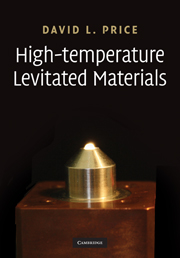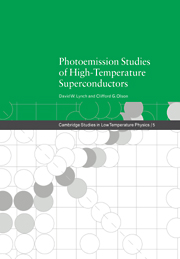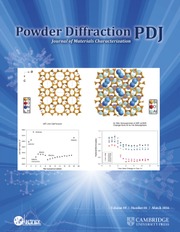High-Temperature Levitated Materials
One of the major experimental difficulties in studying materials at extreme temperatures is unwanted contamination of the sample through contact with the container. This can be avoided by suspending the sample through levitation. This technique also makes metastable states of matter accessible, opening up new avenues of scientific enquiry, as well as possible new materials for technological applications. This book describes several methods of levitation, the most important being aerodynamic, electromagnetic and electrostatic. It summarizes the state-of-the-art of the measurement of structural, dynamic and physical properties with levitation techniques, the considerable progress made in this field in the past two decades, and prospects for the future. It also explores the concepts behind the experiments and associated theoretical ideas. Aimed at researchers in physics, physical chemistry and materials science, the book is also of interest to professionals working in high-temperature materials processing and the aerospace industry.
- Describes the use of levitation techniques to study materials at high temperature
- Features several methods of levitation, the most important being aerodynamic, electromagnetic and electrostatic
- Examines the state-of-the-art of the measurement of structural, dynamic and physical properties with levitation techniques
Product details
May 2010Adobe eBook Reader
9780511731150
0 pages
0kg
151 b/w illus.
This ISBN is for an eBook version which is distributed on our behalf by a third party.
Table of Contents
- 1. Scientific and technological context
- 2. Levitation methods
- 3. Heating methods
- 4. Experimental techniques
- 5. Levitation in materials research
- 6. Liquid metals and alloys
- 7. Molten semiconductors
- 8. Molten oxides
- 9. Conclusions and prospects
- References
- Index.






